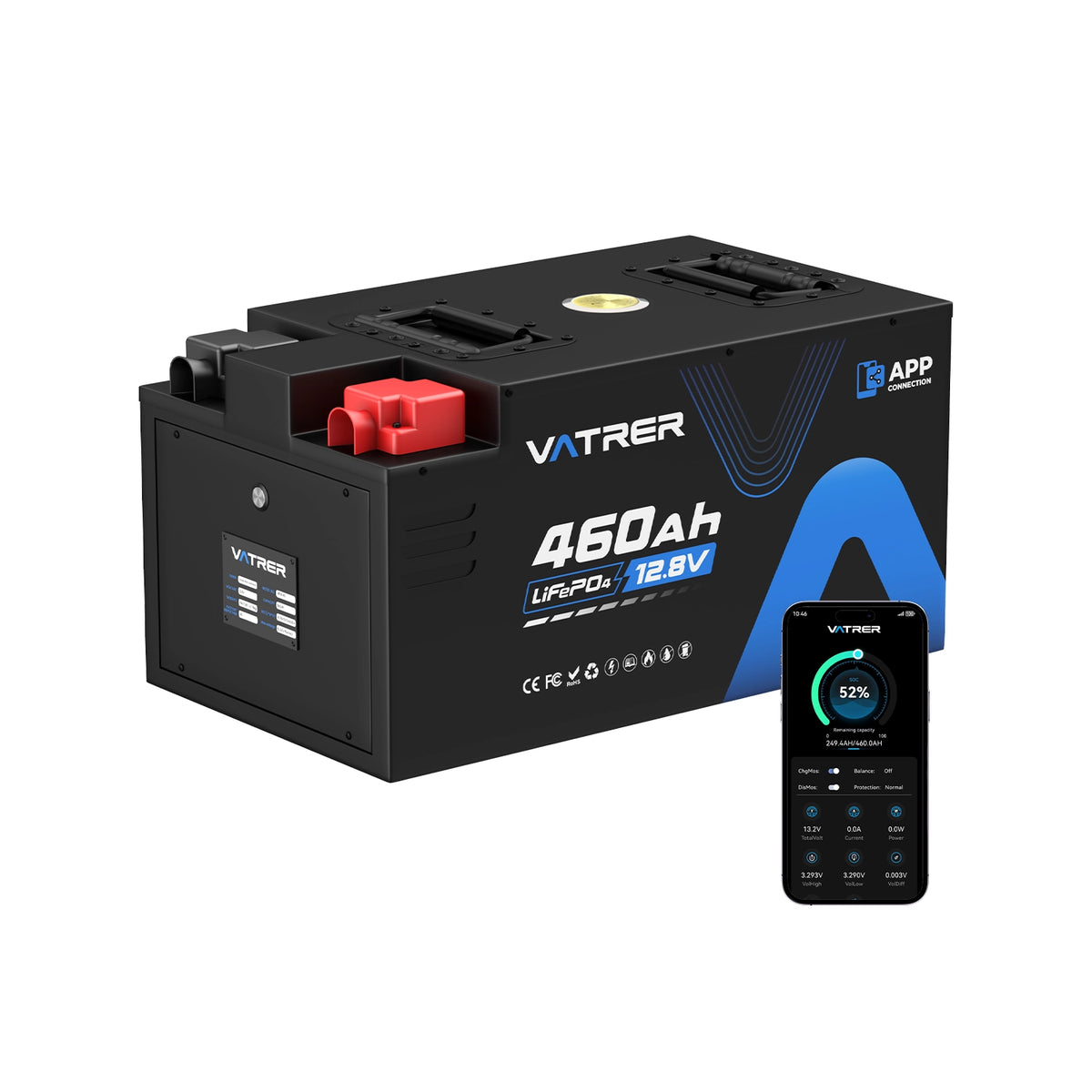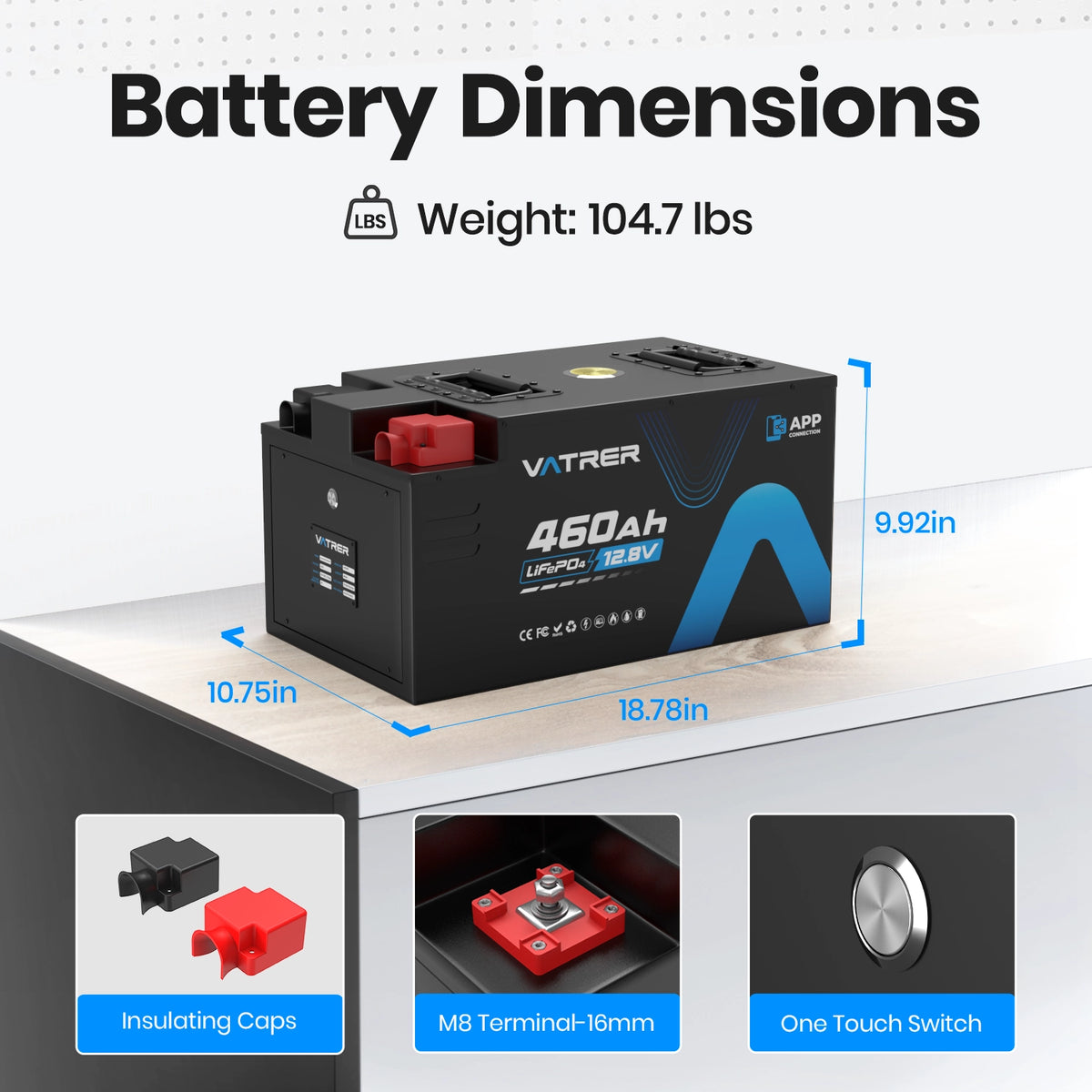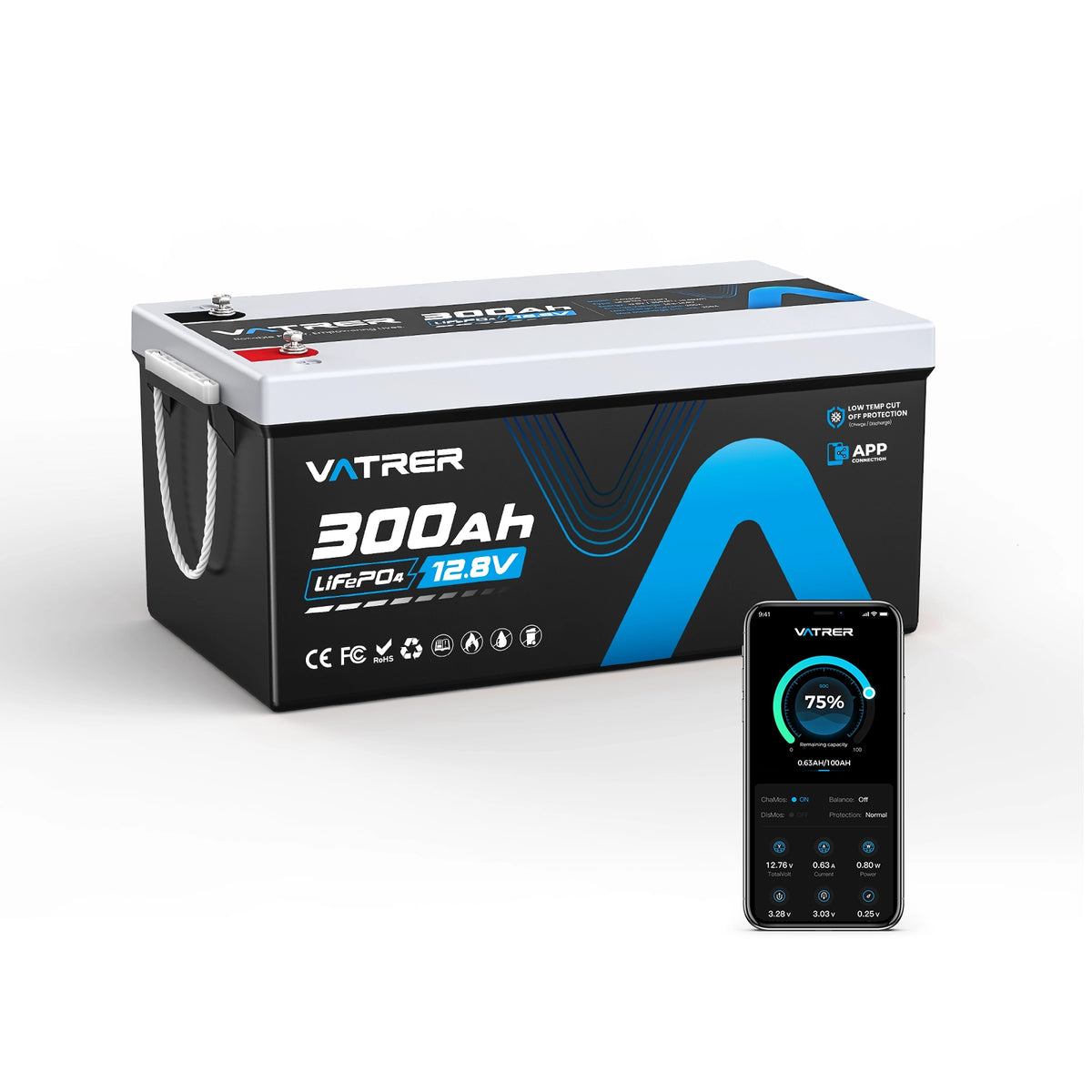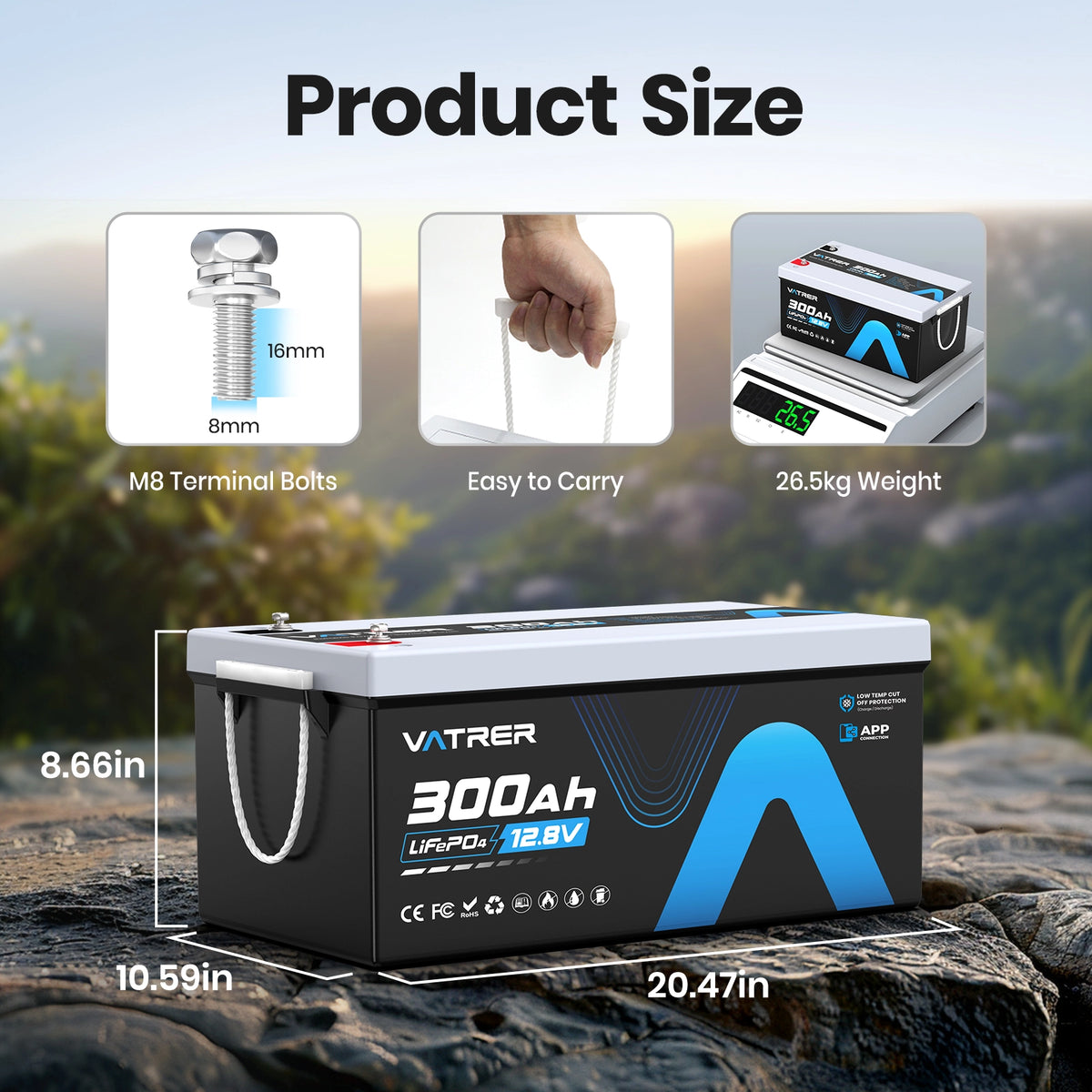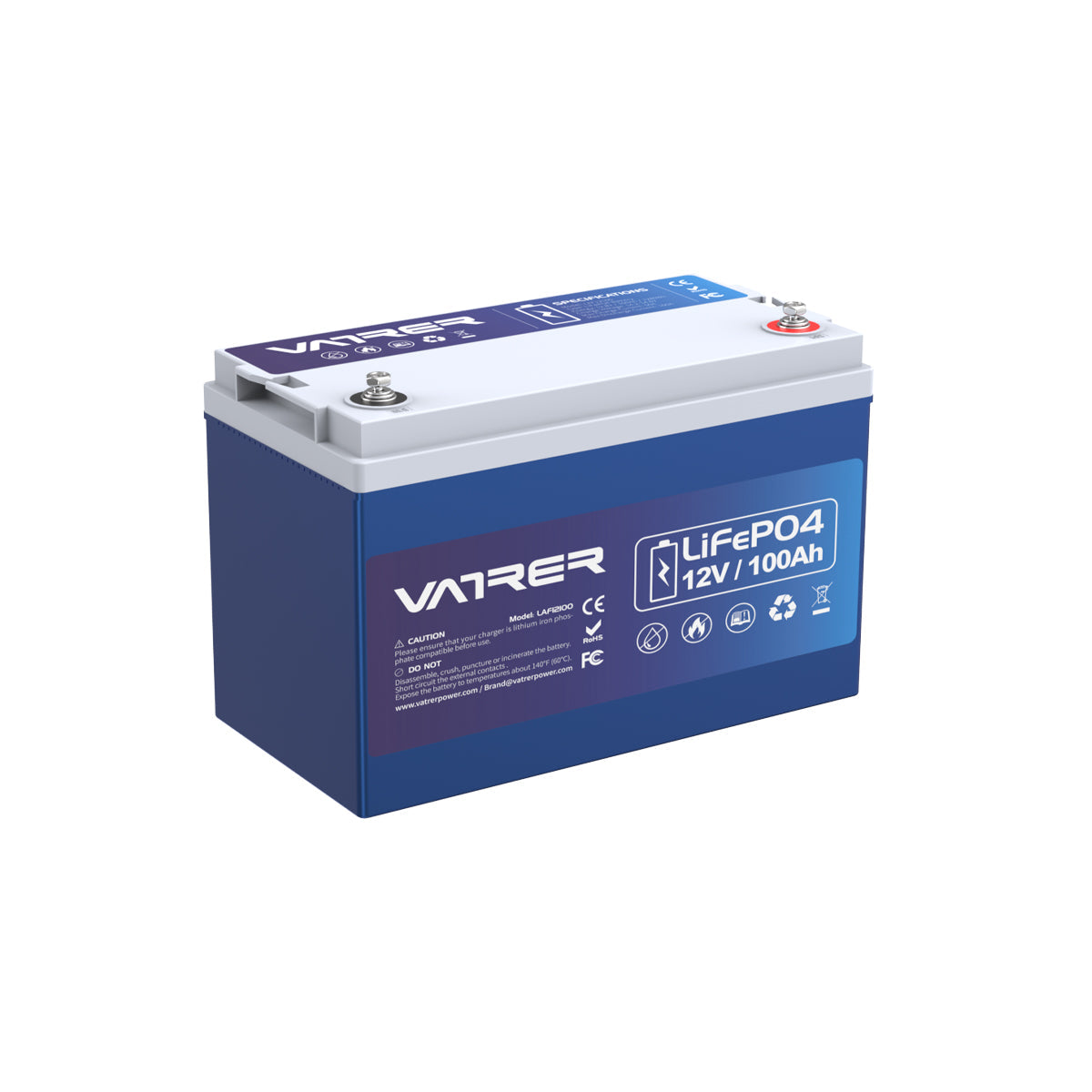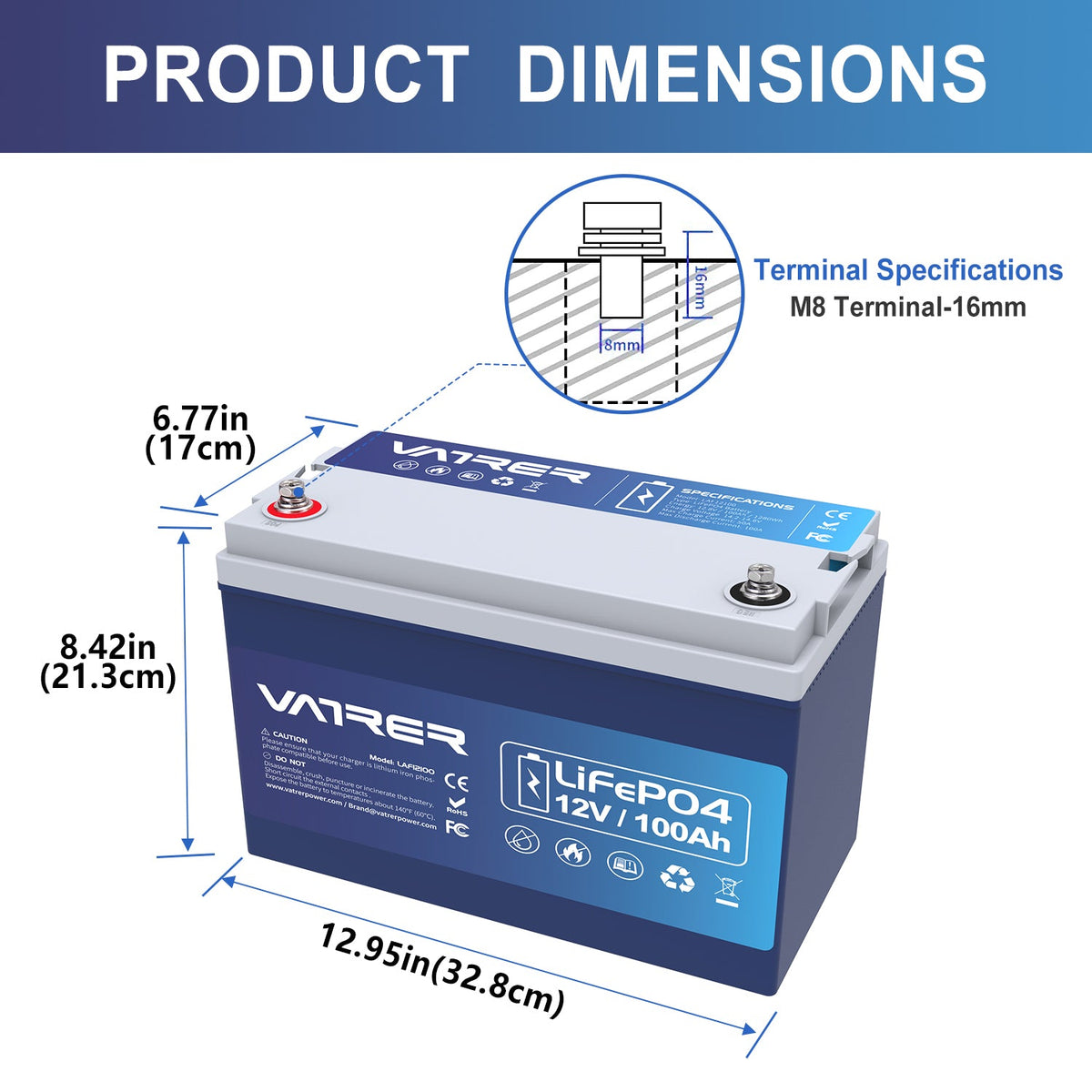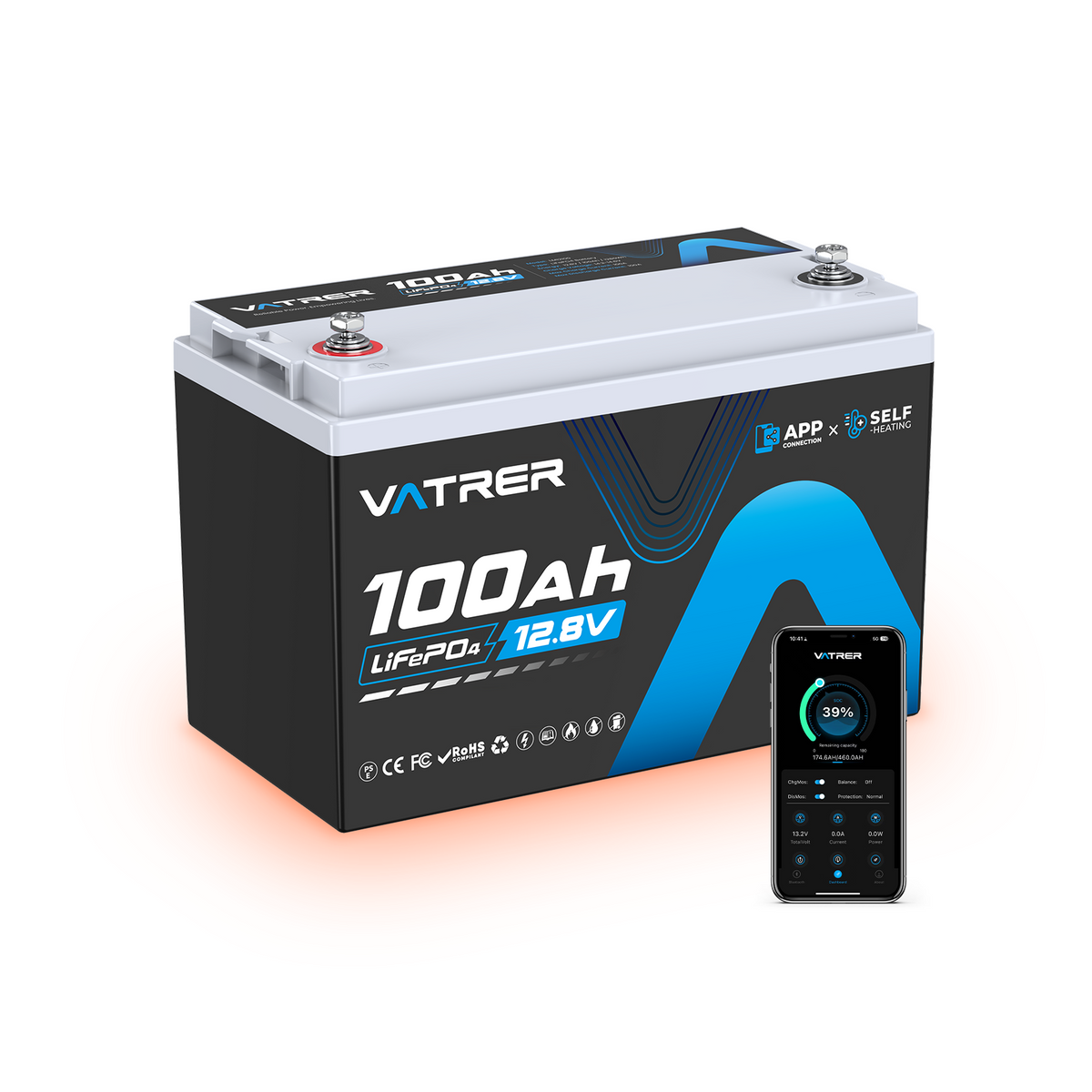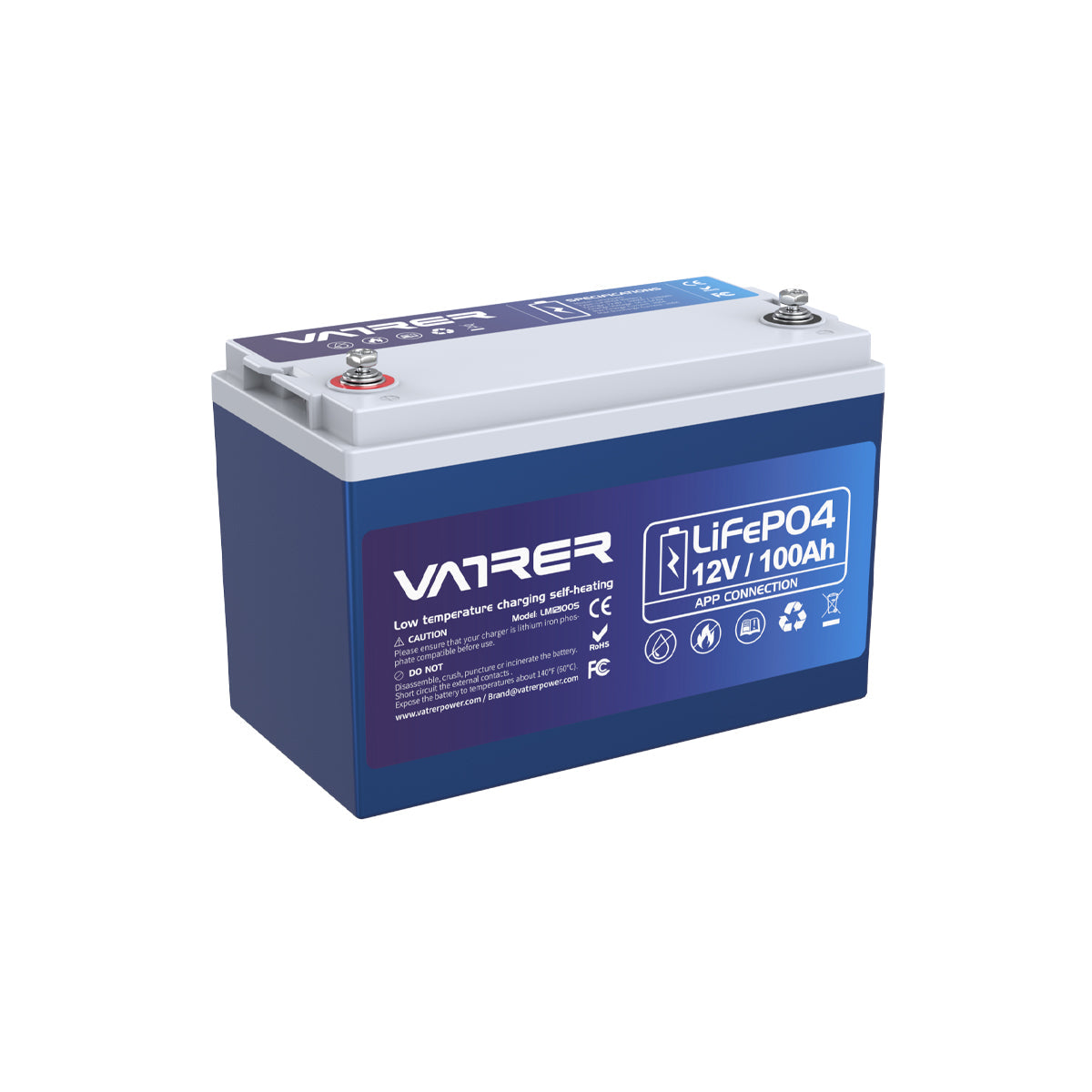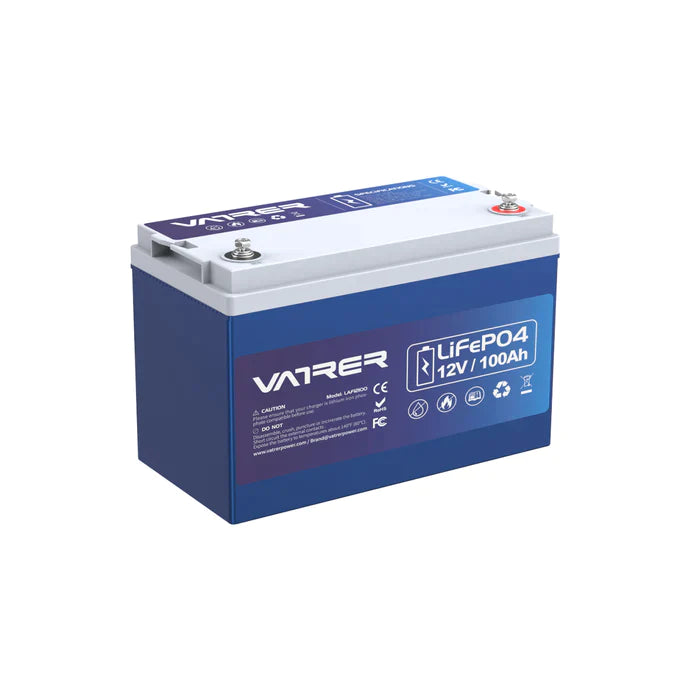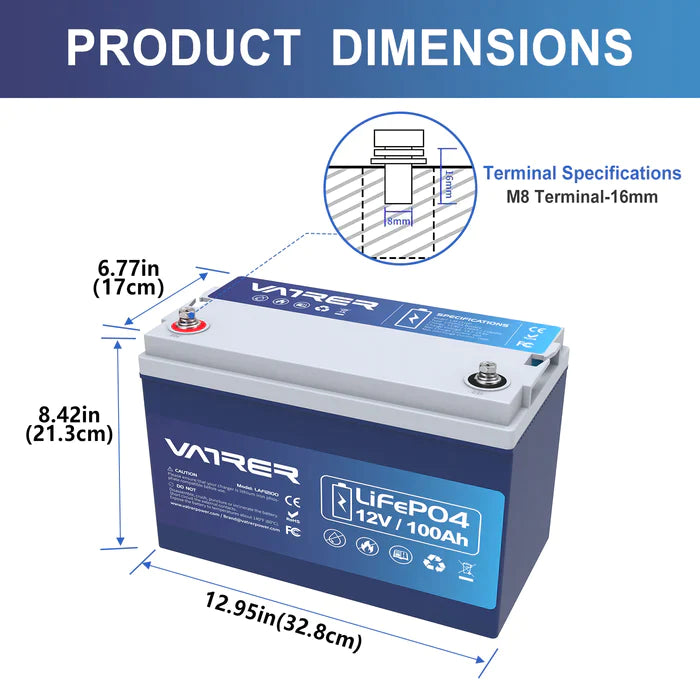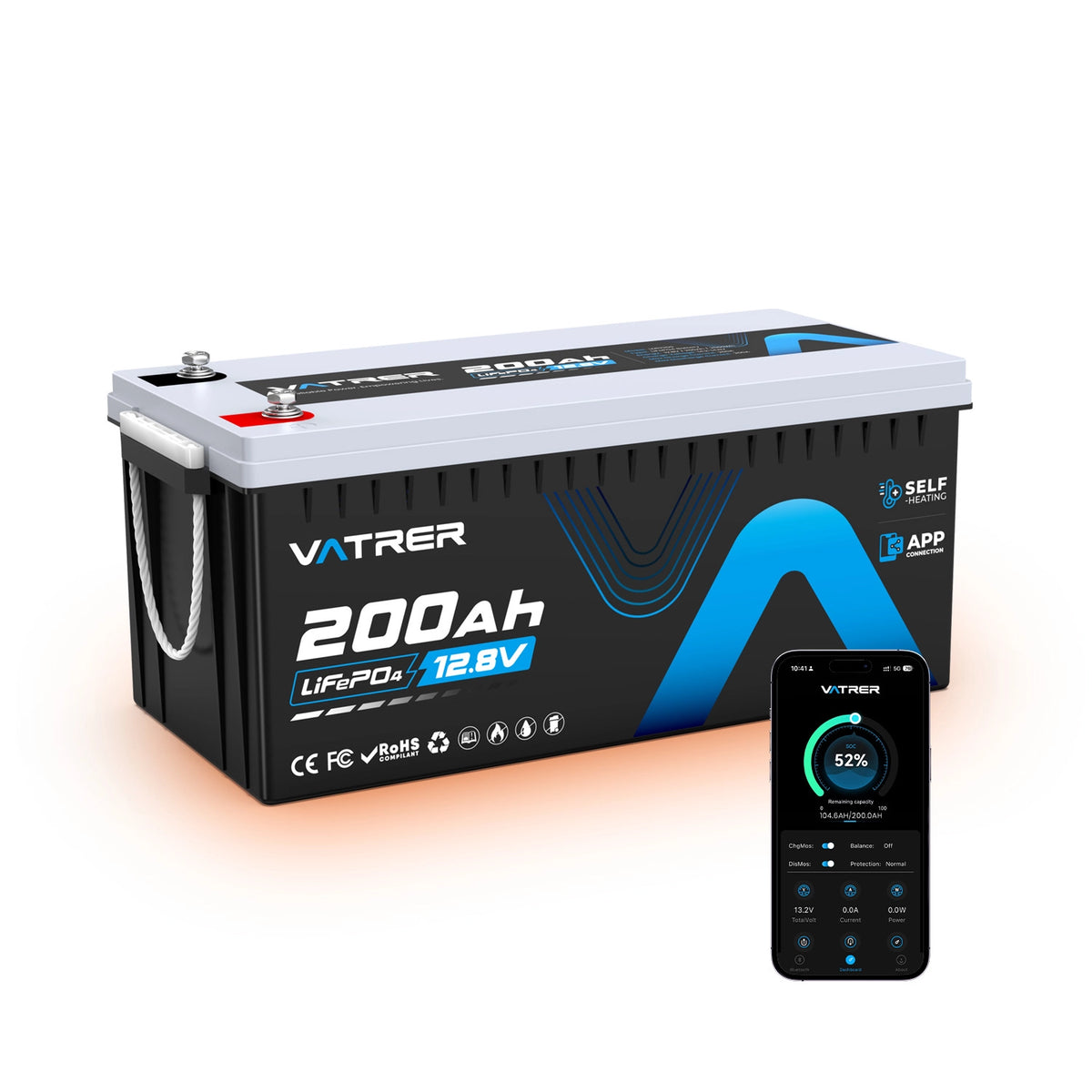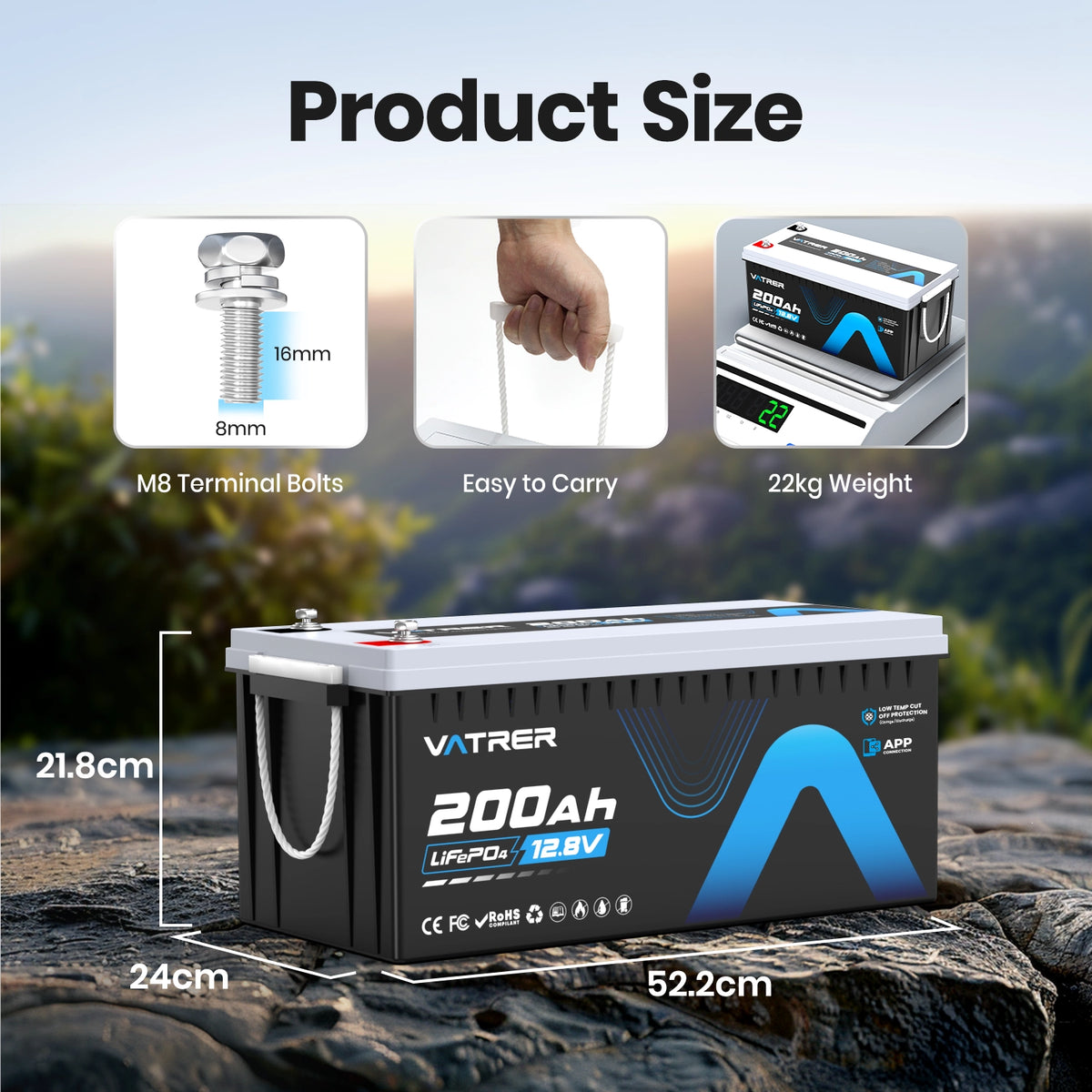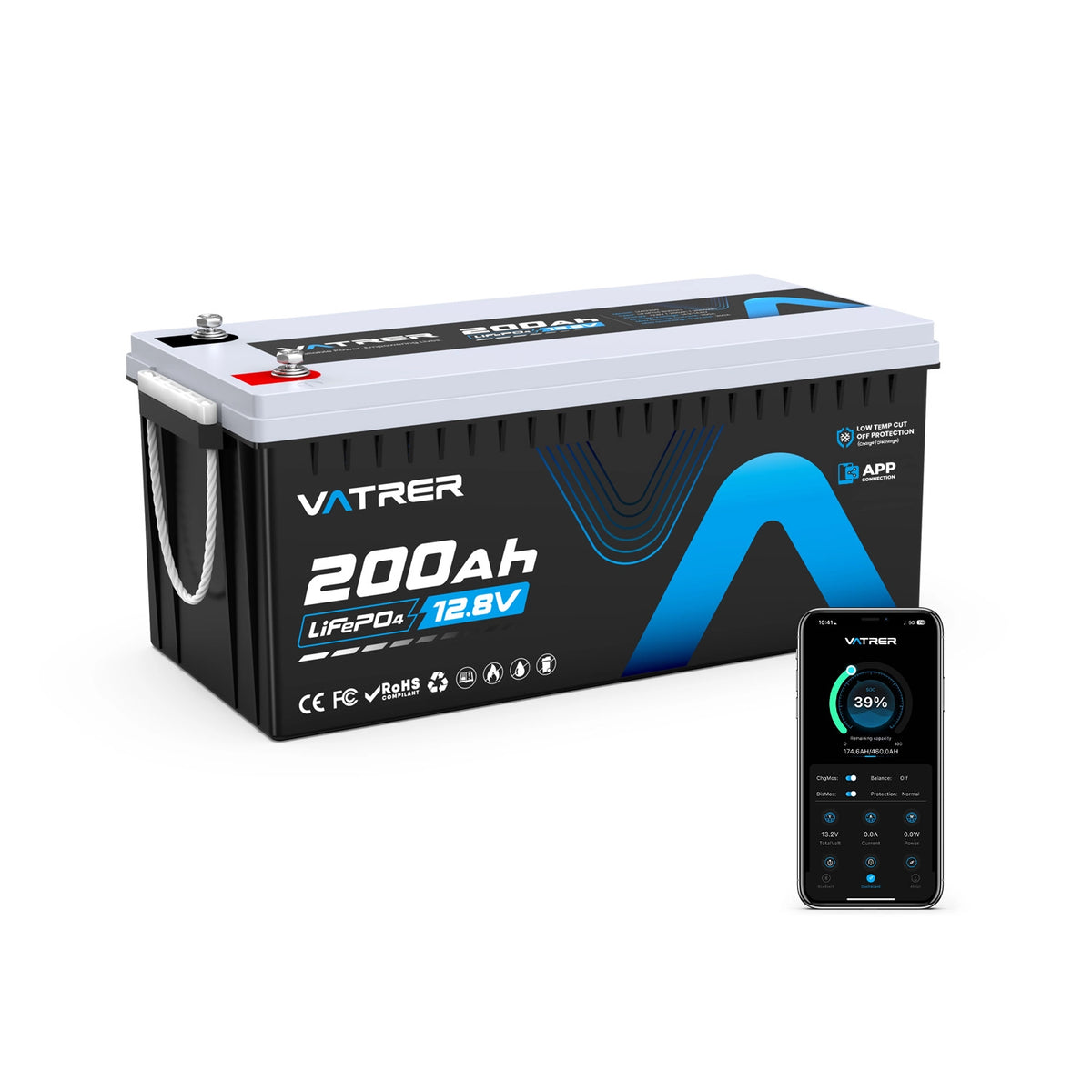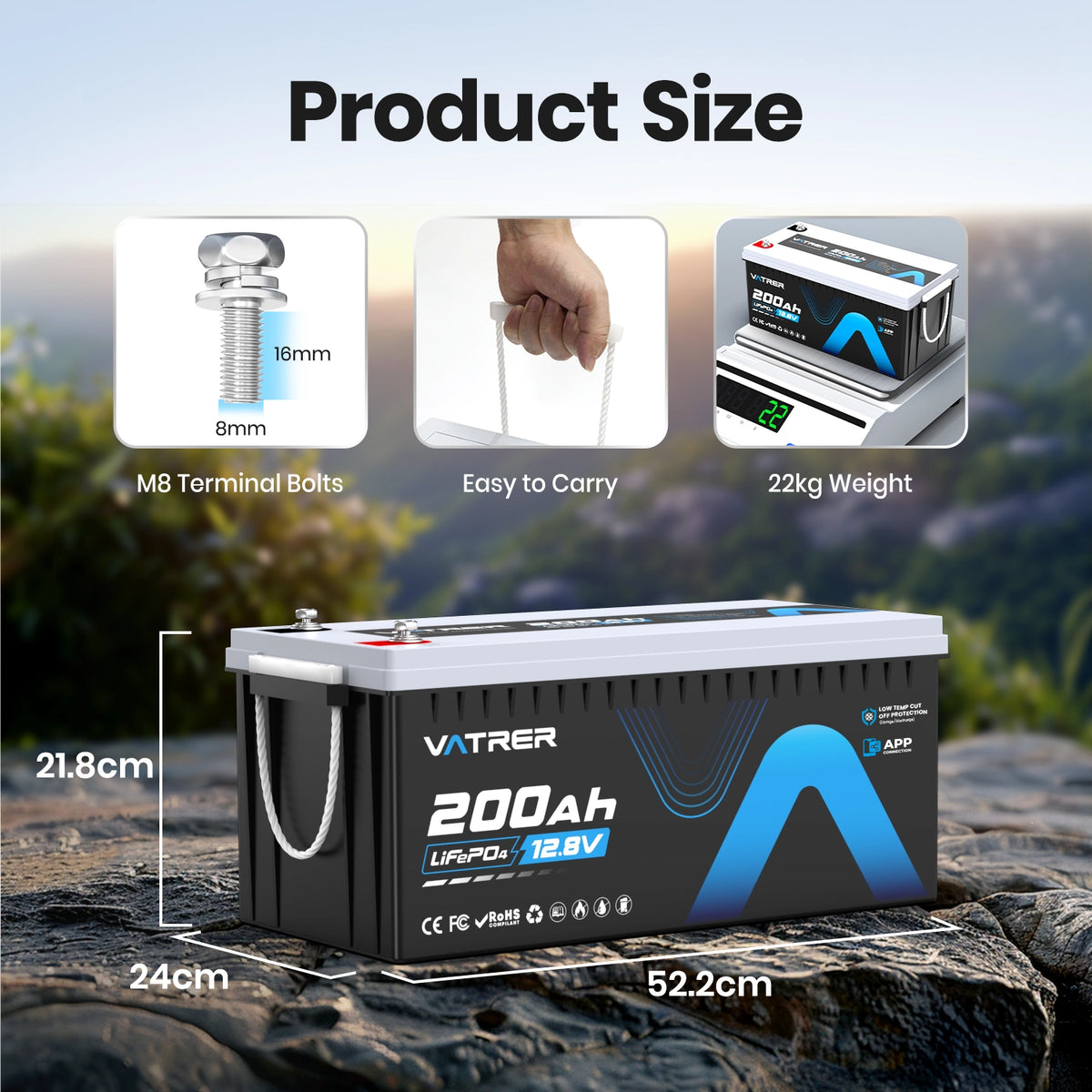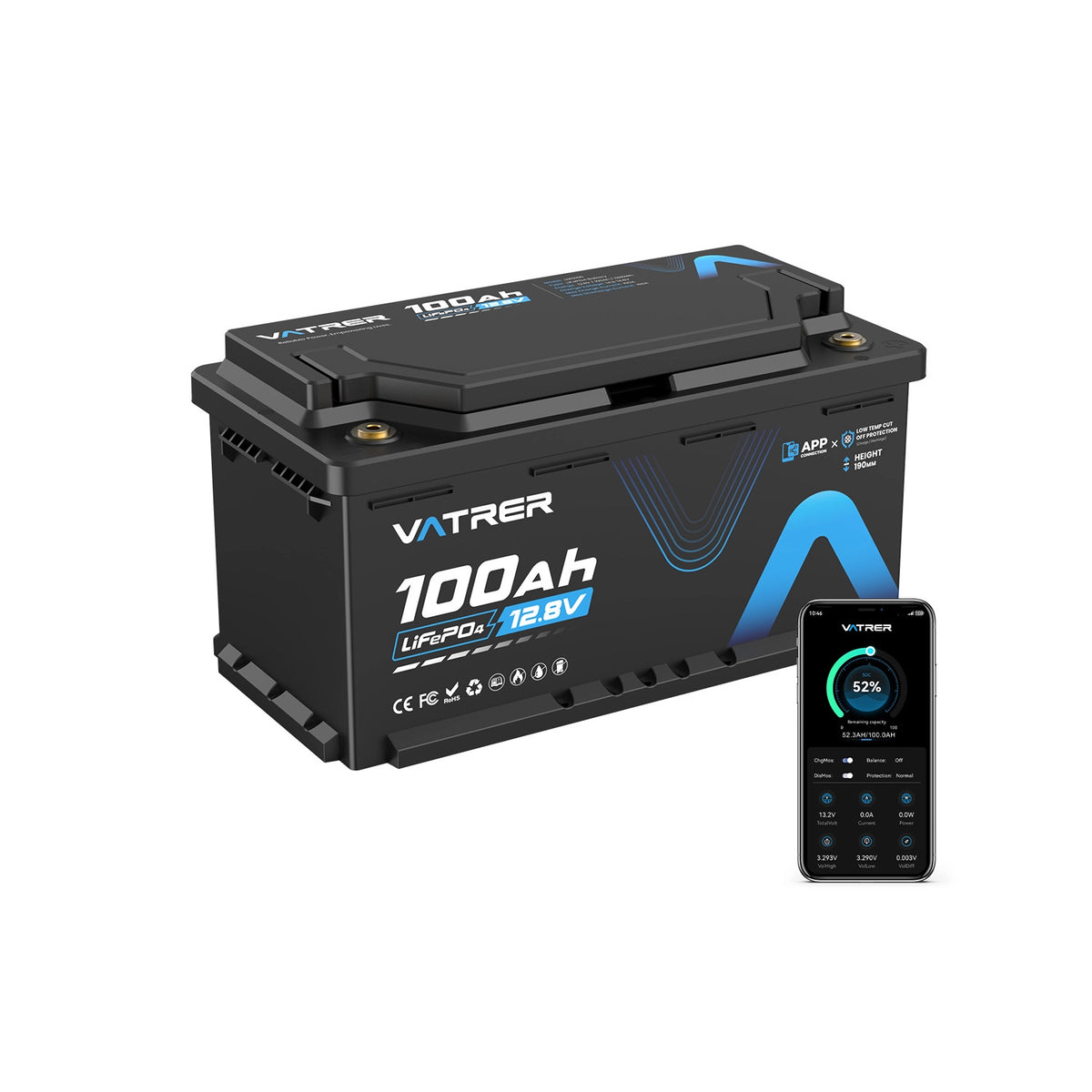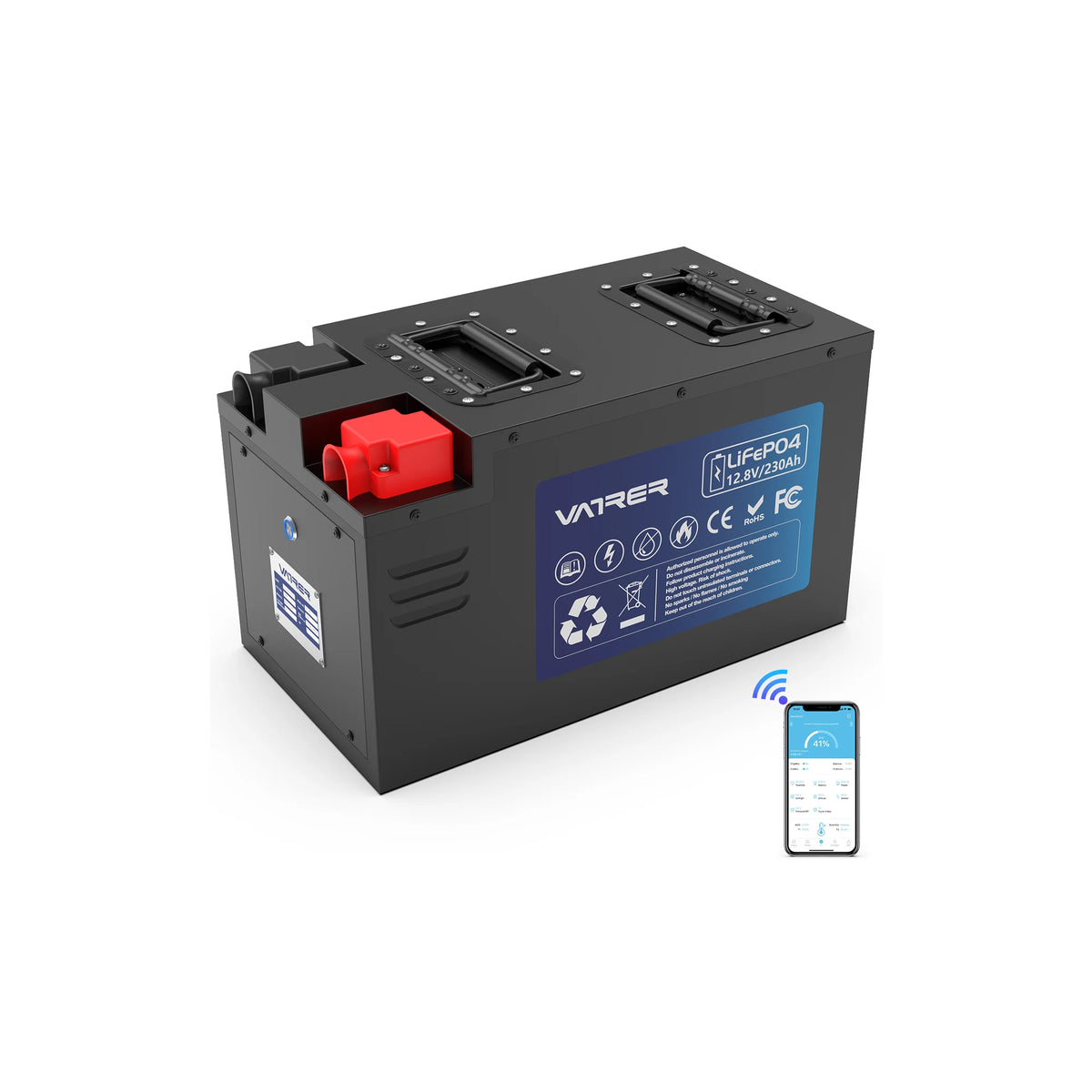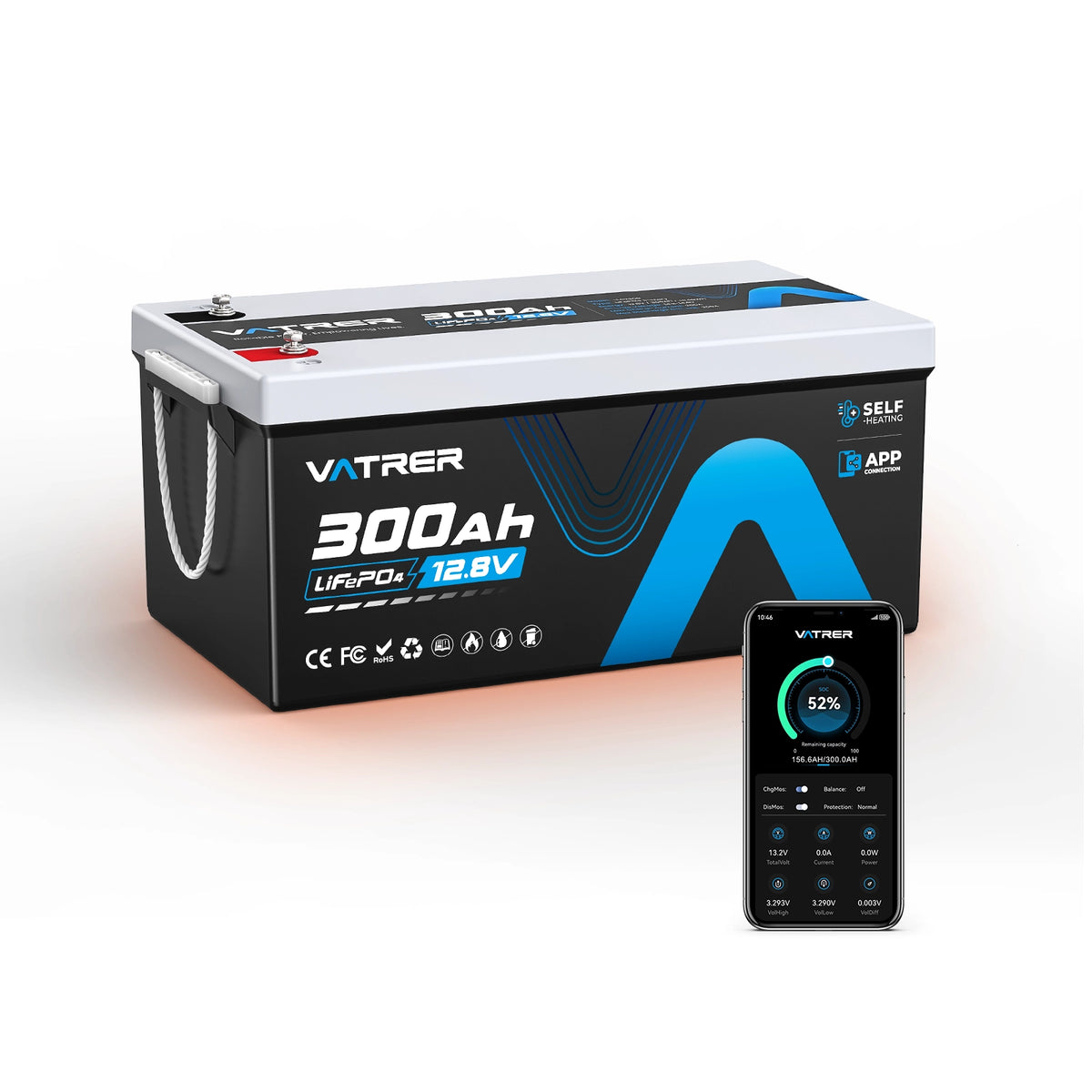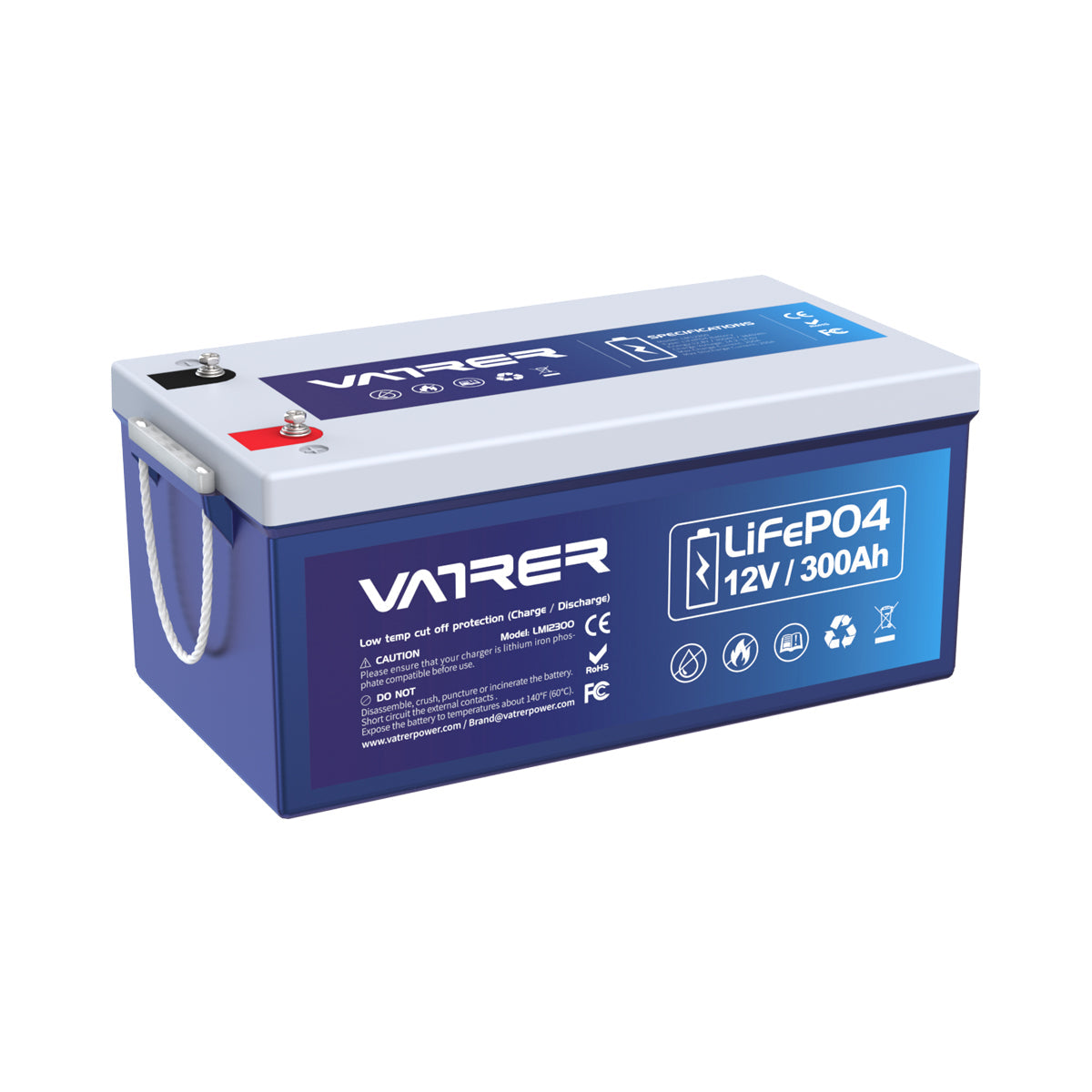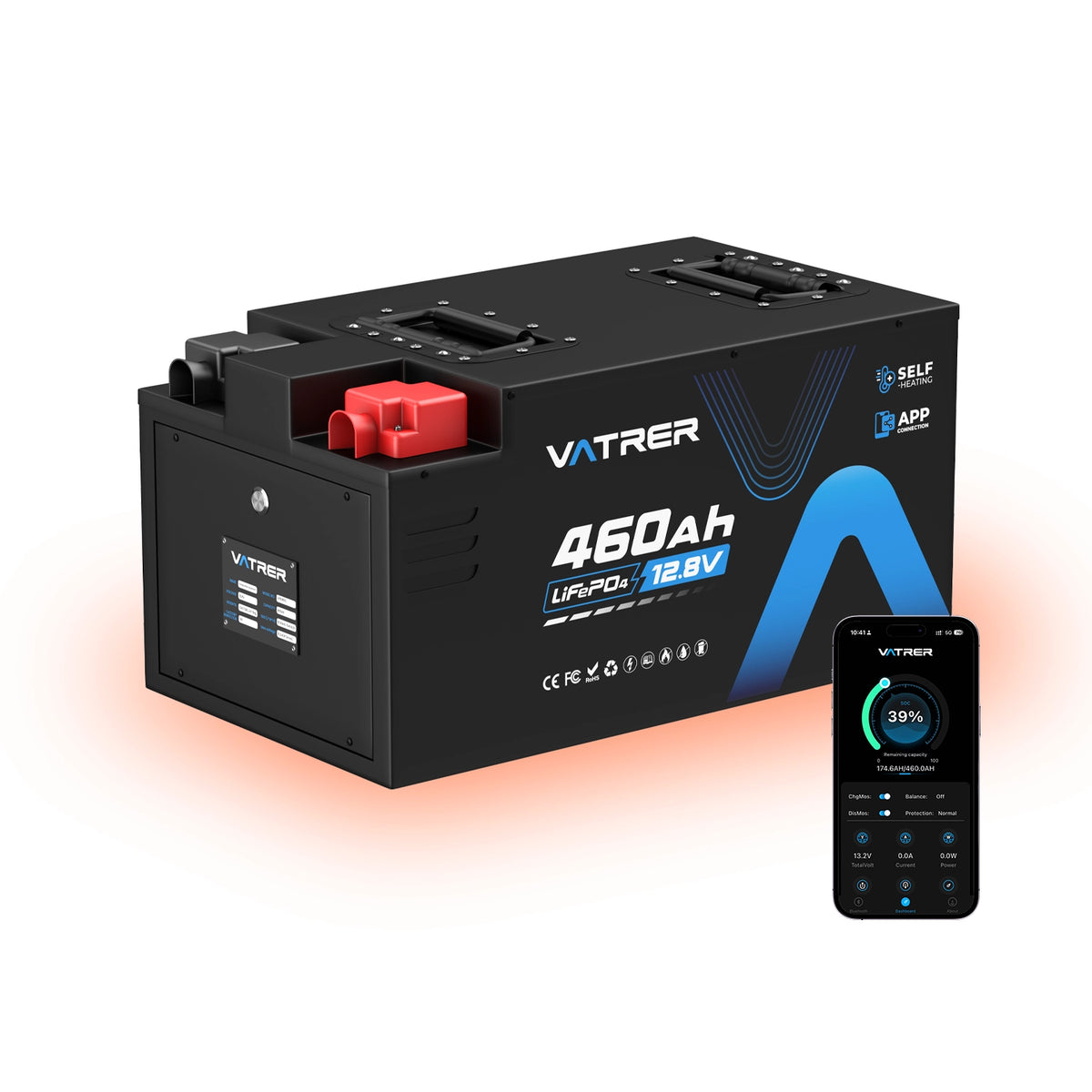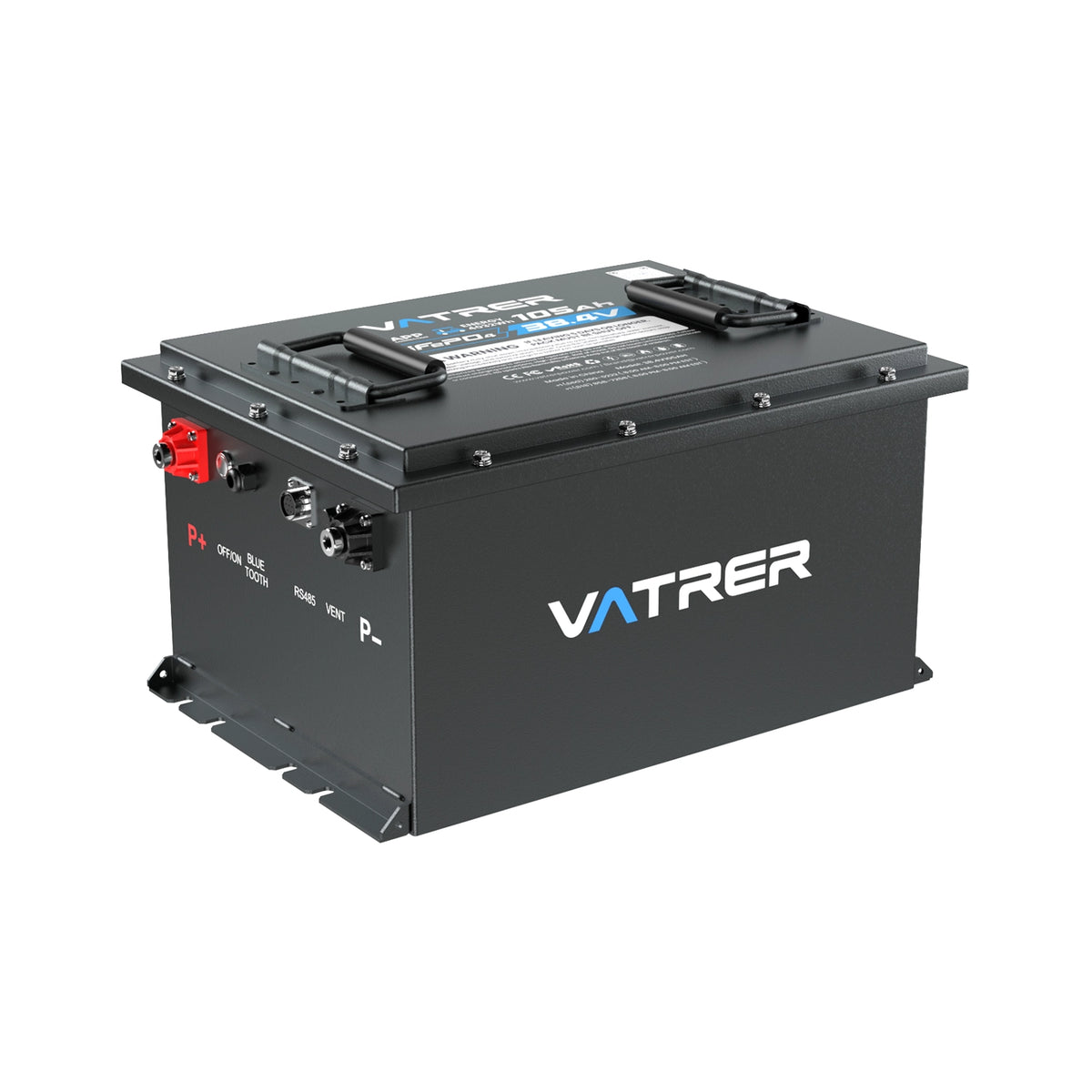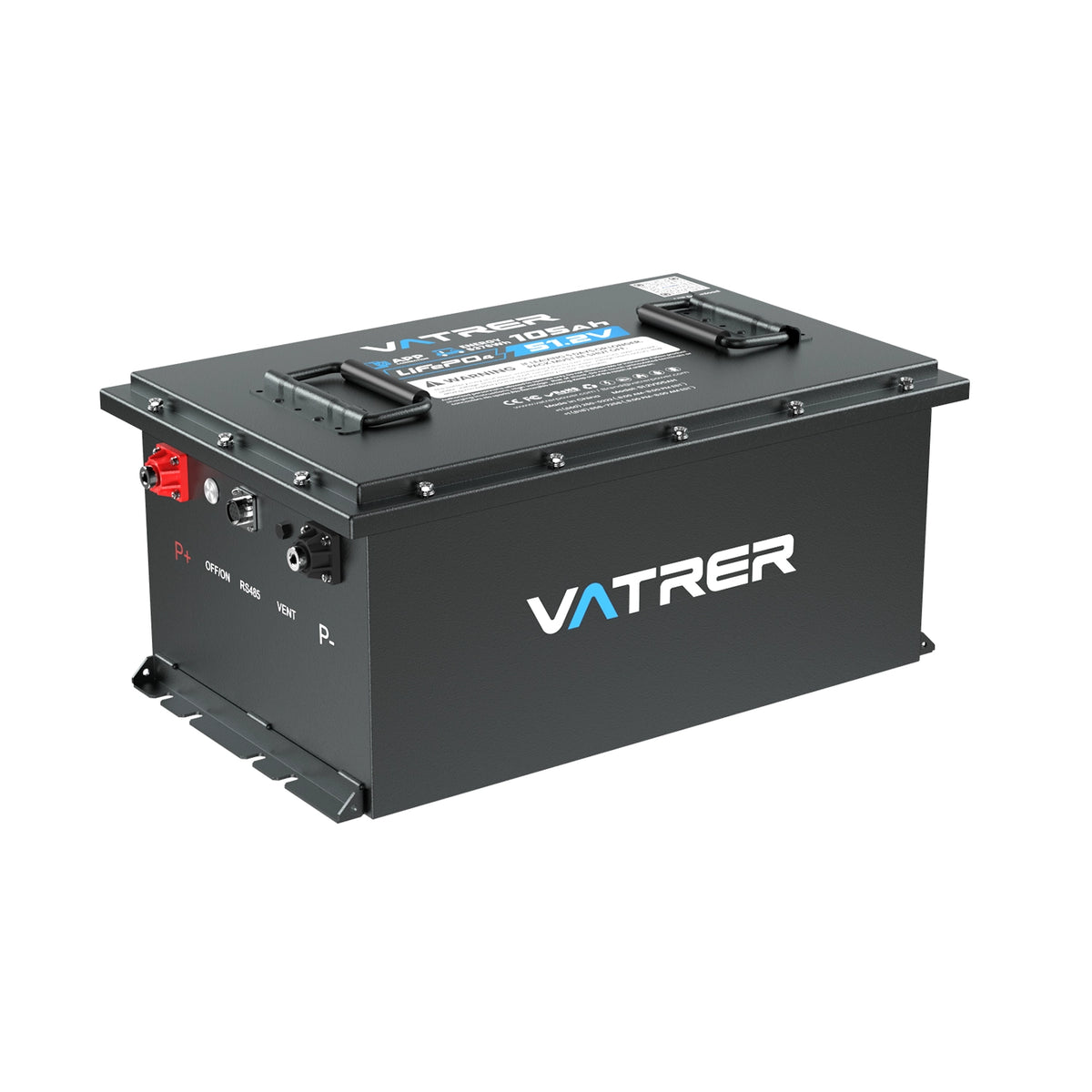1. Einleitung
Übersicht über 48V Batteriesysteme
Das 48-V-Batteriesystem hat sich als zentrale Komponente moderner Energiespeicherlösungen herausgestellt und bietet ein Gleichgewicht zwischen Leistung und Effizienz. Diese Systeme werden in verschiedenen Anwendungen eingesetzt, von der Speicherung erneuerbarer Energien bis hin zu Elektrofahrzeugen, da sie bei überschaubarer Größe und Gewicht erhebliche Leistung liefern können. Die 48-V-Konfiguration ist besonders in Anwendungen vorteilhaft, in denen höhere Spannungsniveaus erforderlich sind, ohne die Komplexität und Sicherheitsbedenken, die mit Systemen mit höherer Spannung verbunden sind.
Bedeutung und Anwendungen von Einzelzellkonfigurationen
Einzelzellenkonfigurationen in 48-V-Systemen sind aus mehreren Gründen von entscheidender Bedeutung. Sie vereinfachen den Design- und Herstellungsprozess, verringern das Potenzial für Zellungleichgewichte und verbessern die Gesamtzuverlässigkeit des Akkupacks. Einzelzellenkonfigurationen sind besonders wichtig bei Anwendungen, bei denen Platz und Gewicht kritische Faktoren sind, wie etwa bei Elektrofahrzeugen und tragbaren Stromversorgungssystemen. Durch die Verwendung einer Einzelzellenkonfiguration können Hersteller die Leistung und Langlebigkeit der Batterie optimieren, eine konstante Stromversorgung sicherstellen und den Wartungsaufwand reduzieren.

2. Technische Daten
Spannungs- und Kapazitätswerte
Ein 48-V-Batteriesystem besteht normalerweise aus mehreren in Reihe geschalteten Zellen, um das gewünschte Spannungsniveau zu erreichen. Jede Zelle in einer Lithium-Ionen-Batterie hat normalerweise eine Nennspannung von etwa 3,2 V bis 3,7 V, abhängig von der verwendeten Chemie. Um ein 48-V-System zu erreichen, werden etwa 13 bis 16 Zellen in Reihe geschaltet. Die Kapazität dieser Batterien kann sehr unterschiedlich sein, von kleinen Anwendungen, die einige Amperestunden (Ah) erfordern, bis hin zu großen Systemen mit Hunderten von Amperestunden.
Verwendete Chemie und Materialien
Die am häufigsten in 48-V-Batteriesystemen verwendete chemische Substanz ist Lithiumeisenphosphat (LiFePO4), das für seine Stabilität, Sicherheit und lange Lebensdauer bekannt ist. Es werden auch andere chemische Substanzen wie Lithium-Nickel-Mangan-Kobaltoxid (NMC) und Lithium-Kobaltoxid (LCO) verwendet, die jeweils unterschiedliche Kompromisse in Bezug auf Energiedichte, Kosten und thermische Stabilität bieten. Die Wahl der Materialien und der chemischen Substanz ist entscheidend für die Leistungseigenschaften der Batterie, einschließlich ihrer Energiedichte, Lade-/Entladeraten und Anforderungen an das Wärmemanagement.
3. Design und Konfiguration
Einzelzellen- vs. Mehrzellenkonfigurationen
Bei einer Einzelzellenkonfiguration ist das gesamte Batteriesystem um eine einzige elektrochemische Zelle herum aufgebaut, was das Design vereinfacht und das Risiko eines Zellungleichgewichts verringert. Diese Konfiguration ist ideal für Anwendungen, bei denen Einfachheit und Zuverlässigkeit von größter Bedeutung sind. Im Gegensatz dazu werden bei Mehrzellenkonfigurationen mehrere Zellen in Reihe und parallel geschaltet, um die gewünschte Spannung und Kapazität zu erreichen. Dies ermöglicht zwar eine größere Flexibilität beim Design, führt jedoch auch zu Komplexität in Bezug auf das Balancing und das Wärmemanagement.
Wärmemanagement und Sicherheitsfunktionen
Das Wärmemanagement ist ein kritischer Aspekt des Batteriedesigns, insbesondere bei Hochleistungsanwendungen. Ein effektives Wärmemanagement stellt sicher, dass die Batterie innerhalb sicherer Temperaturgrenzen arbeitet, und verhindert so Überhitzung und mögliches thermisches Durchgehen. Fortschrittliche Wärmemanagementsysteme können passive Kühlelemente wie Kühlkörper und Wärmeleitpads sowie aktive Kühlsysteme wie Lüfter oder Flüssigkeitskühlung umfassen. Sicherheitsfunktionen wie Überladeschutz, Kurzschlussschutz und thermische Abschaltung sind ebenfalls wichtig, um den sicheren Betrieb der Batterie zu gewährleisten.
4. Bewerbungen
Einsatz in Solarstromanlagen
48-V-Batteriesysteme werden häufig in Solarstromanwendungen eingesetzt, wo sie als Energiespeicherlösungen dienen, um von Solarmodulen erzeugte Energie zu erfassen und zu speichern. Diese Systeme bieten eine zuverlässige Stromquelle bei schwacher Sonneneinstrahlung oder nachts und gewährleisten eine kontinuierliche Stromversorgung. Aufgrund des hohen Spannungsniveaus von 48-V-Systemen eignen sie sich gut für die Integration mit Solarwechselrichtern und anderer Leistungselektronik und ermöglichen eine effiziente Energieumwandlung und -verteilung.
Integration in Elektrofahrzeuge und Golfwagen
In Elektrofahrzeugen (EVs) und Golfwagen bieten 48-V-Batteriesysteme ein Gleichgewicht zwischen Leistung und Effizienz. Sie liefern ausreichend Energie zum Antrieb von Elektromotoren und bleiben dabei in überschaubarer Größe und Gewicht. Der Einsatz von 48-V-Systemen in Elektrofahrzeugen ist besonders bei Mild-Hybrid-Anwendungen vorteilhaft, wo sie Funktionen wie Start-Stopp-Systeme, regeneratives Bremsen und elektrisches Boosten unterstützen können. In Golfwagen liefern 48-V-Batterien die nötige Leistung, um das Fahrzeug über längere Zeiträume anzutreiben und so eine zuverlässige Leistung auf dem Platz zu gewährleisten.
5. Vorteile und Herausforderungen
Vorteile der Verwendung von 48-V-Einzelzellenbatterien
Die Verwendung von 48-V-Einzelzellenbatterien bietet mehrere Vorteile, darunter ein vereinfachtes Design, ein geringeres Risiko von Zellungleichgewichten und eine höhere Zuverlässigkeit. Diese Batterien sind auch einfacher herzustellen und zu warten, da sie keine komplexen Ausgleichsschaltungen oder Wärmemanagementsysteme erfordern. Darüber hinaus können Einzelzellenkonfigurationen eine verbesserte Energiedichte und Effizienz bieten, was sie ideal für Anwendungen macht, bei denen Platz und Gewicht kritische Faktoren sind.
Mögliche Nachteile und Einschränkungen
Trotz ihrer Vorteile haben 48-V-Einzelzellenbatterien auch ihre Grenzen. Die größte Herausforderung besteht darin, die gewünschte Spannung und Kapazität in einer Einzelzelle zu erreichen, was möglicherweise moderne Materialien und Fertigungstechniken erfordert. Darüber hinaus sind Einzelzellenkonfigurationen möglicherweise weniger flexibel im Design, da sie keine einfache Skalierung der Kapazität oder Spannung ermöglichen. Schließlich können die Kosten für Einzelzellen mit hoher Kapazität unerschwinglich sein, insbesondere für groß angelegte Anwendungen.
6. Zukünftige Trends
Innovationen in der Batterietechnologie
Die Zukunft der 48-V-Einzelzellenbatterien wird wahrscheinlich von laufenden Innovationen in der Batterietechnologie geprägt sein. Fortschritte in der Materialwissenschaft, wie die Entwicklung von Festkörperelektrolyten und Kathodenmaterialien mit hoher Kapazität, haben das Potenzial, die Leistung und Sicherheit dieser Batterien deutlich zu verbessern. Darüber hinaus können Verbesserungen bei Fertigungstechniken, wie 3D-Druck und fortschrittliche Beschichtungsverfahren, die Herstellung effizienterer und kostengünstigerer Einzelzellenbatterien ermöglichen.
Markttrends und zukünftige Anwendungen
Der Markt für 48-V-Batteriesysteme dürfte in den kommenden Jahren deutlich wachsen, angetrieben durch die steigende Nachfrage nach erneuerbarer Energiespeicherung, Elektrofahrzeugen und tragbaren Stromversorgungslösungen. Mit der Weiterentwicklung der Technologie werden wahrscheinlich neue Anwendungen entstehen, unter anderem in Bereichen wie Netzspeicherung, Telekommunikation und Unterhaltungselektronik. Die Entwicklung effizienterer und zuverlässigerer 48-V-Einzelzellenbatterien wird entscheidend sein, um die wachsende Nachfrage nach Energiespeicherlösungen in diesen und anderen Anwendungen zu decken.
7. Fazit
Zusammenfassung der wichtigsten Punkte
Zusammenfassend lässt sich sagen, dass 48-V-Einzelzellenbatterien eine vielversprechende Lösung für eine Vielzahl von Anwendungen darstellen und ein ausgewogenes Verhältnis zwischen Leistung, Effizienz und Zuverlässigkeit bieten. Diese Batterien eignen sich besonders gut für den Einsatz in Solarstromsystemen, Elektrofahrzeugen und anderen Anwendungen, bei denen Platz und Gewicht entscheidende Faktoren sind. Zwar ist das Erreichen der gewünschten Spannung und Kapazität in einer Einzelzelle mit Herausforderungen verbunden, doch laufende Innovationen in der Batterietechnologie werden diese Probleme wahrscheinlich lösen und die Entwicklung effizienterer und kostengünstigerer Lösungen vorantreiben.
Abschließende Gedanken zur Zukunft von 48-V-Einzelzellenbatterien
Die Zukunft von 48-V-Einzelzellenbatterien ist vielversprechend und bietet erhebliches Wachstums- und Innovationspotenzial. Da die Nachfrage nach Energiespeicherlösungen weiter steigt, werden diese Batterien wahrscheinlich eine immer wichtigere Rolle bei der Stromversorgung der Technologien von morgen spielen. Durch die Nutzung von Fortschritten in der Materialwissenschaft und bei Fertigungstechniken können Hersteller effizientere und zuverlässigere 48-V-Einzelzellenbatterien entwickeln und so ihre anhaltende Relevanz in einer sich schnell entwickelnden Energielandschaft sicherstellen.







